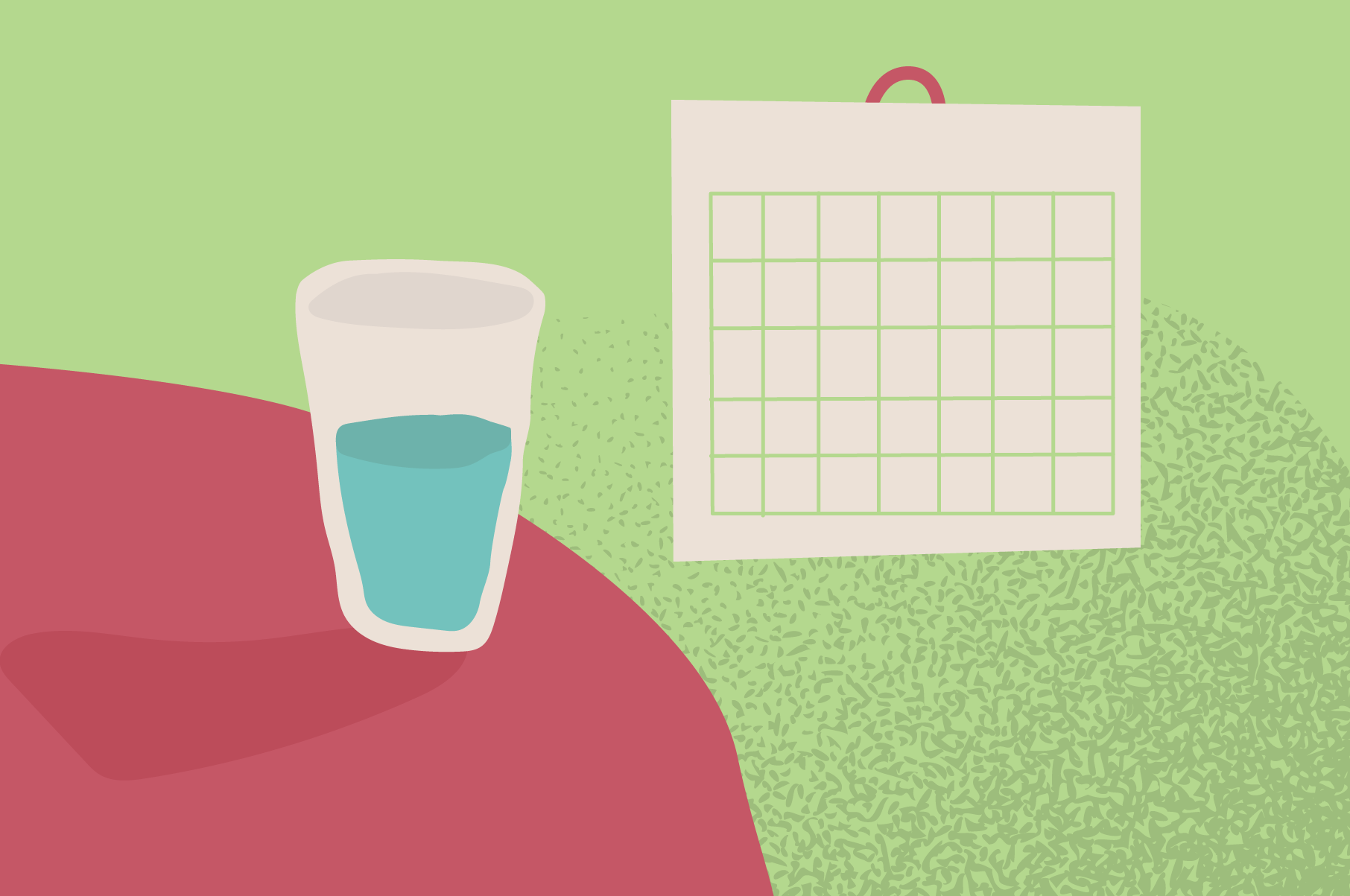The Best Apps for Bladder Leaks

by Brianna Flaherty
Pelvic health is already little-known and rarely discussed, so it’s no big surprise that digital bladder diaries and other apps for tending to pelvic floor issues are often more problematic than they are helpful. There’s still a long way to go in making these apps accessible, effective, and shame-free, but we sped up your search for digital support by doing a bit of research into what the app store has to offer. We found the three best apps for bladder leaks— and identified two red flags along the way:
Apps that only recommend Kegels. Contrary to popular belief, Kegels aren’t the only solution to pelvic floor dysfunction and, depending on the state of your pelvic floor, they can be more harmful than helpful.
Apps that only focus on hydration. There’s nothing wrong with upping your awareness around how much (or little) you’re drinking everyday, but apps like Pee & See that focus solely on reminding you to hydrate can worsen conditions like urge incontinence by encouraging you to pee more frequently than necessary.
The best apps for bladder leaks
There are basically two categories of apps available for managing bladder leaks: ones that focus on training and strengthening your pelvic floor muscles, and ones that track your daily input and output (what you drink and how much you pee). The latter is a digital bladder diary, which can help you notice whether any bathroom habits are changing over time, and identify your triggers. In truth, bladder diaries and pelvic floor exercises can help anybody, whether you leak or not, but here are three apps we recommend if you experience bladder leaks:
B-wom
After a few thoughtful intake questions, the B-wom app makes a health recommendation that’s unique to your body’s symptoms and history. The app developers worked with a pelvic floor physical therapist throughout the design process, so it’s no surprise that the app is both detailed and effective. B-wom helps you:
Navigate pelvic health across significant life stages like pregnancy, childbirth, postpartum, and menopause
Integrate customized pelvic floor exercises and self-care into your routine
Access video and audio tutorials to make sure you’re taking the best possible care of your body
While it’s not a replacement for a pelvic floor PT, B-wom is a cost-effective way to start giving your floor some TLC, and access treatments that are customized for your body’s unique circumstances. Plus, since it’s an app, you can integrate your exercises into your day wherever and whenever works best for you.
Vesica
Visually, it won’t give you the warm and fuzzies like B-wom, but Vesica does provide a super organized, clean, and streamlined way to keep track of your bodily functions. The app’s design is based on the paper voiding diary that inspired the ICIQ (International Consultation on Incontinence Questionnaire) and, of all the apps out there, Vesica is also the one that best balances a user-friendly interface with legitimately useful tools for tracking your bladder. With Vesica, you can:
Catalogue every drink, including type and measurement
Document your output (including measured voiding, unexpected leaks, and those frustrating times when you just can’t get your bod to relax when you’re on the toilet)
Easily identify bladder sensations from a pre-set list, with options like “did not need to go, went just in case” and “had urgency but got to the toilet before leaking.”
If you’re looking for an easy-to-use, autopilot diary to quickly record all your (intentional or accidental) bathroom breaks, this app is your new best friend. Bonus feature: you can export and email PDFs of your diary, so if you’re working with a pelvic floor therapist the app immediately streamlines your communication.
iUFlow
Unlike Vesica, iUFlow’s interface isn’t the most user-friendly, but in terms of utility this app has a lot to offer that you can’t get from a pen and paper. iUFlow helps you:
Record and measure liquid intake and output
Rate leaking or urgency
Set regular reminders to update your diary, a valuable feature if you’re someone who struggles to stay on top of entries on your own.
The company that made iUFlow also sells a device to use along with the app, so you can get more accurate liquid measurements if precision is your thing. That said, plenty of people use the app without the device and say it meets or exceeds their needs for tracking their body.
Whether you opt for using an app to keep track of your bladder or train your pelvic floor, any effort to bring more awareness to your pelvic floor will also help you understand your body and your bladder that much better.
Do you use any apps to keep track of your health? Share your recommendations in the comments.
Posted: July 31, 2019
Related Articles
one new subscriber wins a free pair of Thinx every day! see rules


